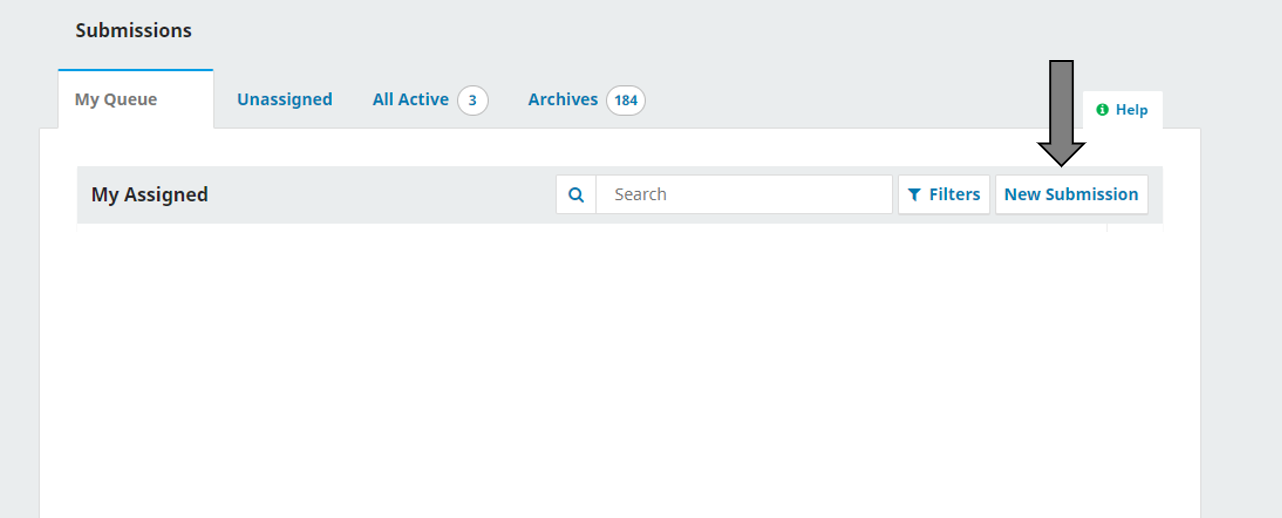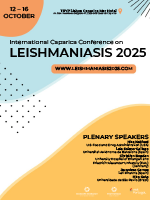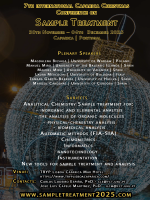Submissions
Submission Preparation Checklist
As part of the submission process, authors are required to check off their submission's compliance with all of the following items, and submissions may be returned to authors that do not adhere to these guidelines.- The submission has not been previously published, nor is it before another journal for consideration (or an explanation has been provided in Comments to the Editor).
- The submission file is in Microsoft Word and the Template for Submissions has been used.
- Where available, URLs for the references have been provided.
- All illustrations, figures, and tables are placed at the end of the manuscript.
- The text adheres to the stylistic and bibliographic requirements outlined in the Author Guidelines.
Articles
Section default policy
Copyright Notice
Declaration and Evaluation of Conflicts of Interests
JIOMICS is committed to ensuring that research is as free from bias as possible, and is seen to be so. It is the responsibility of JIOMICS and its editors to take all conflicts of interests into account during the review process and to ensure that any relevant ones are declared before articles publication. Therefore, requirements are as follow:
- Authors must declare all relevant competing interests for consideration during the review process.
- Editors (professional or academic, paid or unpaid) and reviewers must declare their own competing interests and if necessary recuse themselves from involvement in the assessment of a paper.
- Anyone who comments on or rates published papers in the Journal of Integrated -OMICS must declare their competing interests at the time of posting their comments and/or rating.
What is a competing interest?
JIOMICS percepts a conflict of interest as anything that interferes with, or could reasonably be perceived as interfering with, the full and objective presentation, peer review, editorial decision making, or publication of research or non-research articles submitted to the journal. Conflicts of interests can extent from financial to non-financial or professional to personal; and can arise from affiliations to an organization or another person.
Who needs to declare?
Everyone involved in authorship, funding and in the reviewing and editorial process of submitted articles, or who wishes to comment on or rate published articles must declare any and all relevant competing interests.
It is increasingly recognized that everyone has competing interests of some sort - whether an academic institution, government department, commercial company, sponsors of the work, reviewers, editors, and publishers. It is difficult for individuals to assess objectively whether their competing interests could have biased their presentation, peer review, or decision to publish any given work. Declaring one's competing interests allows others to better evaluate the possibility of such bias.
How JIOMICS deals with conflicts of interests during their review and publication process?
No decision is made on article's review until a conflict of interest statement from all assigned editors and reviewers is declared. Should any conflict of interest declared by the authors or funders compromised the objectivity or validity of the research, analyses, or interpretations presented in the paper, rejection of the submitted article may happen.
JIOMICS editors do not consult reviewers who stated a conflict of interests that, in the editors' judgment, could interfere with unbiased review.
Failure to declare any conflict interests at submission, or when an article is commissioned, may result in immediate discharge of the reviewer or editor in charge. If a the same comes to light after publication JIOMICS will issue a formal correction or retraction of the whole paper, as appropriate.
Examples of competing interests
Financial
Financial conflicts of interests include but are not limited to:
- Ownership of stocks or hares
- Paid employment or consultancy
- Board membership
- Patent applications (pending or actual), including individual applications or those belonging to the institution to which authors are affiliated and which the authors may benefit from
- Research grants (from any source, restricted or unrestricted)
- Travel grants and honoraria for speaking or participation at meetings
- Gifs: Authors must declare all potential financial competing interests involving people or organizations that might reasonably be perceived as relevant.
Similarly, reviewers and academic and professional editors, paid or unpaid, must consider and declare any potential financial relationships that could reasonably be perceived as relevant and/ or could influence their objective review of the paper, and recuse themselves from handling the paper if necessary.
Anyone wishing to comment on or rate a published paper must also consider, and then disclose, whether they have any relevant financial interests.
As a guide, any conflict of interests that arose within the five years either before or after the commencement of the research described, or within five years of the article being written, or within five years of events described in the article, should be declared. However, interests outside this time frame may also be relevant; if so, they should also be declared so that their relevance can be judged by the editorial team.
Non-financial
Non-financial competing interests include but are not limited to:
Professional
- Acting as an expert witness
- Membership in a government or other advisory board
- Relationship (paid or unpaid) with organisations and funding bodies including nongovernmental organizations, research institutions, or charities
- Membership in lobbying or advocacy organizations
- Writing or consulting for an educational company
Personal
- Personal relationships (i.e., friend, spouse, family member, current or previous mentor, adversary) with individuals involved in the submission or evaluation of a paper, such as authors, reviewers, editors, or members of the editorial board of JIOMICS
- Personal convictions (political, religious, ideological, or other) related to a paper's topic that may interfere with an unbiased publication process (at the stage of authorship, peer review, editorial decision making, or publication)
Authors, reviewers, editors, and anyone wishing to comment on a published paper must consider and then disclose whether they have any non-financial interests that might influence their reporting, handling, or review of the paper, or that might be negatively or positively affected by publication of the paper.
Reviewers are required to declare if they have held grants, co-authored papers, or worked in the same institution or organization with the authors of the study they are asked to review, or if they are in an adversarial relationship with authors.
Similarly, editors-academic or professional, paid or unpaid-are required to recuse themselves from deliberations if they cannot evaluate a paper in an objective way because of personal relationships with authors.
Privacy Statement
The names and email addresses entered in this journal site will be used exclusively for the stated purposes of this journal and will not be made available for any other purpose or to any other party.
Author Fees
This journal charges the following author fees.
Article Publication: 200.00 (EUR)
If this paper is accepted for publication, you will be asked to pay an Article Publication Fee to cover publications costs. The methods of payment avaliable to send us the fees are bank transfer and Paypal.
If you do not have funds to pay such fees, you will have an opportunity to provide evidence as to why the fees should be waived. We do not want fees to prevent the publication of worthy work.
Privacy Statement
The names and email addresses entered in this journal site will be used exclusively for the stated purposes of this journal and will not be made available for any other purpose or to any other party.











